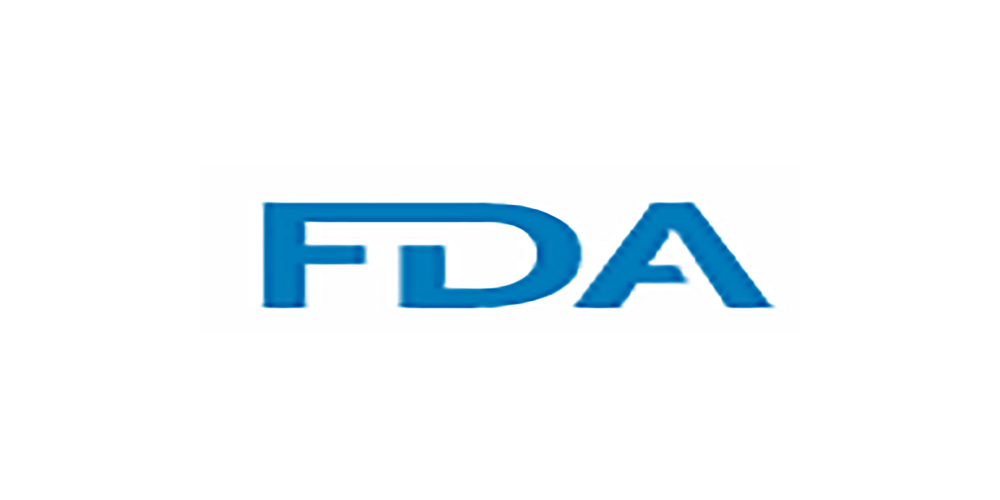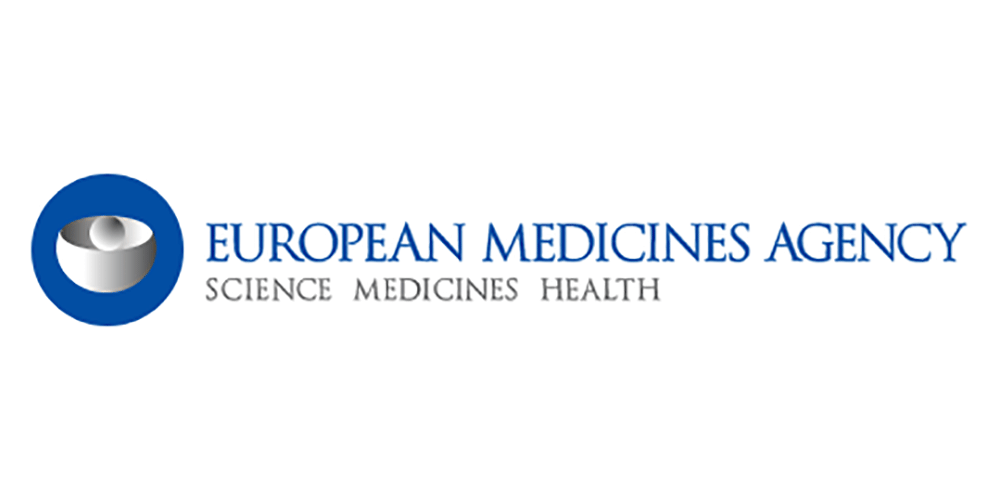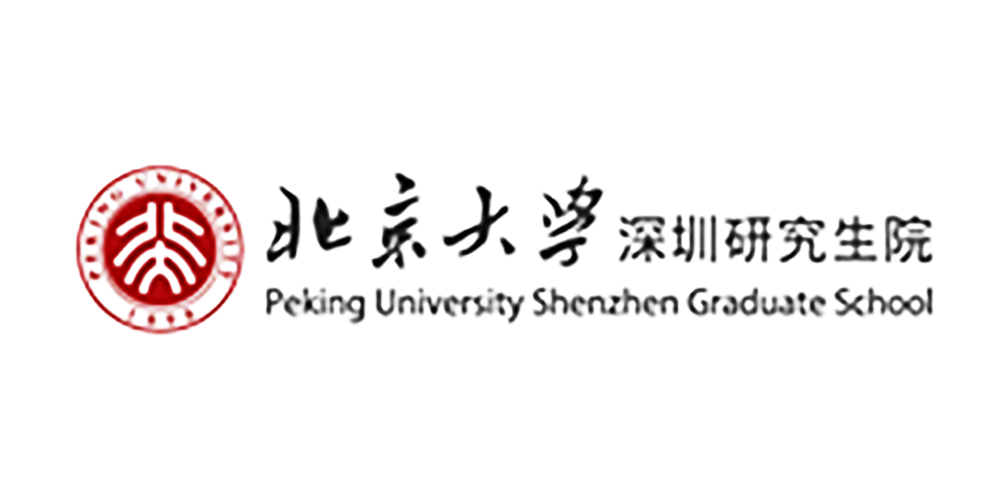News attention
22
2020
-
02
Scientific Research News | Research Progress of novel coronavirus Pneumonia (COVID-19) (XXII)
1. 2019-nCoV Epidemic Alert
■ Wang Guiqiang, chief physician of Peking University First Hospital and chairman of the Infectious Diseases Branch of the Chinese Medical Association, interpreted the "Diagnosis and Treatment Plan for Novel Coronavirus Pneumonia (Trial Sixth Edition)": In order to further strengthen the diagnosis and treatment of new coronavirus pneumonia, the National Health Commission organized experts to systematically summarize and analyze the previous work, especially the research and judgment of cured cases and death cases to extract some feasible treatment strategies and treatments, so the sixth edition was updated. It is hoped that the update can improve the diagnosis and treatment level, and reduce the case fatality rate.
One is that from the epidemiology and transmission route, everyone is very concerned about the problem of aerosol transmission, and the sixth edition of the guidelines in the trial implementation of the sixth edition of the guidelines clarifies that under relatively closed conditions, the continuous exposure or long-term exposure of high concentrations of aerosols may have the risk of aerosol transmission, that is, the risk of aerosol transmission is limited, and it is not generally transmitted, which is very important.
The second is that there are some changes in the nucleic acid detection of confirmed cases, the original is written "upper respiratory tract specimen or blood specimen nucleic acid test positive", this version of the upper respiratory tract and blood specimen removed, if the use of fecal samples, stool samples can also be diagnosed, hoping to improve the sensitivity of nucleic acid testing through such improvements, so that the diagnosis and diagnosis is more accurate.
The third is the diagnostic criteria for severe patients, how to select severe patients for active and effective treatment is the key to reducing the mortality rate, this version in addition to the original three articles added one, that is, 24 hours to 48 hours lung imaging rapid progress greater than 50% of the situation to be managed according to severe cases, that is, to make the treatment more active, the purpose is to further improve the cure rate and reduce the mortality rate.
The fourth is the cancellation of clinically diagnosed cases. The background of the emergence of clinically diagnosed cases was that a large number of patients in Wuhan at that time concentrated on the disease, resulting in nucleic acid testing could not meet clinical needs in time, resulting in patients waiting for nucleic acid testing could not be diagnosed, and some patients needed active treatment. In order to solve the contradiction between diagnosis and treatment, clinical diagnosis case standards have been introduced in Hubei region, with the aim of enabling those possible patients to receive timely treatment and reduce the case fatality rate. Now the situation in Hubei has changed, and the capacity of nucleic acid detection has been greatly improved. And the backlog of patients who need nucleic acid testing has now been tested, and the current testing capacity can be quickly tested for all suspected cases or undiagnosed cases, and nucleic acid testing is no longer a problem. In light of this situation, the criteria for clinically diagnosed cases were removed after discussion by the expert group, which was also a stopgap measure in that particular situation at that time. The current diagnostic capacity, especially the laboratory diagnosis capacity, can be fully satisfied, so the current diagnosis is the same according to the national chess game: suspected cases, confirmed cases. It should be noted that clinical diagnosis cases have been cancelled at present, due to the improvement of testing capacity, rapid screening can be carried out, so that suspected cases can be quickly investigated, some may exclude new crown virus infection, and some are confirmed, so there will be no big fluctuation in the number of confirmed cases.
The fifth is that the new version of the guidelines incorporates some clinically potentially effective drugs into the new version of the diagnosis and treatment plan. After expert research, it was determined that chloroquine phosphate and arbidol are suitable for the treatment of new coronavirus infection, and the risk of disease progression can be controlled through antiviral therapy. This time further clarified the value of convalescent plasma in clinical treatment, and clearly recommended that severe and critically ill patients can be treated with convalescent plasma, and now the preliminary research results have also achieved good results. There are also conditional units in clinical treatment can use blood purification treatment, including plasma exchange, filtration, perfusion, etc., in the case of "inflammatory factor storm", or rapid progression of the disease, conditional units can use blood purification therapy to remove inflammatory factors in the body, slow down the progression of the disease, and reduce the mortality rate. The guidelines also further emphasize the value of traditional Chinese medicine in the treatment of new coronary pneumonia, whether it is mild cases, severe cases or convalescent patients, traditional Chinese medicine can be used for targeted treatment. Among them, lung cleansing and detoxification soup has been clearly incorporated into the diagnosis and treatment plan, and many prescriptions are currently widely used. It is believed that through traditional Chinese medicine, combined with comprehensive treatment and antiviral treatment, the case fatality rate of new coronavirus infection will be further reduced.
The sixth is to increase the management of discharged patients. What is the situation after discharge, whether there is a risk of recurrence, whether there is a risk of transmission, whether there are sequelae, etc., these need to be further studied, so the management after discharge is increased. It is hoped that hospitals and community health institutions will have a good connection and feedback these figures to the community in a timely manner. After the patient is discharged, it is recommended to conduct monitoring and follow-up at home for two weeks, and take the temperature regularly. At the same time, it is also recommended that discharged patients should also wear masks at home, in a ventilated room, if there are conditions, it is best to have a single room, pay attention to hand hygiene, implement meals and other methods. These patients have weak resistance and are prone to infection, and now it is also the high incidence period of influenza season and respiratory infectious diseases, and it is recommended that they go to the hospital for follow-up two to four weeks after discharge, including nucleic acid testing and so on. We hope that the new version of the diagnosis and treatment plan can provide more operable technologies and strategies for the clinic in terms of diagnosis and treatment, and the goal is to further reduce the case fatality rate.
The international medical journal The Lancet Infectious Diseases published an editorial on the new coronavirus pneumonia outbreak: "Challenges of coronavirus disease 2019", suggesting that the epidemic is testing the world's health systems and saying that scientists have proposed potential treatments, but vaccine development is still in its infancy. In response to the performance of countries around the world in responding to the epidemic, the editorial said, "Internationally, we have seen that rapid production and sharing of knowledge is beneficial to the response to the epidemic, and we have also seen some countries take counterproductive actions such as restricting trade and closing borders, which is not conducive to the response to the epidemic." Regarding the work in China, the editorial said, "A large number of COVID-2019 cases (a disease caused by the novel coronavirus) are testing China's health system." However, China was able to build a hospital for affected patients in a matter of days. No other country has been able to mobilize resources and manpower at this rate. ...... The whole genome sequence of the novel coronavirus was obtained and widely shared in mid-January, a rate that was not possible in previous infectious disease outbreaks" [19].
2. Advances in biological research of 2019-nCoV
■ On February 2, Yale University epidemiologist Nathan D. Grubaugh et al. published a commentary article online in Nature Microbiology, "We shouldn't worry when a virus mutates during disease outbreaks," pointing out that at the time of the COVID-18 outbreak, virus mutations are in line with normal epidemiological laws and should not cause panic. In the case of 19-nCoV, the mutation actually becomes more fixed during the outbreak, it is not responsible for regulating and changing the complex virological characteristics, but rather, it is only one aspect of the monotonous life of the virus. RNA viral mutations are especially common because RNA polymerases are prone to errors in replicating viral RNA, mutating each viral replication cycle and accumulating onto the genome. This mutation is the engine of virus evolution, but in fact most mutations have a negative impact on the virus itself and will be eliminated by natural selection, so even if a highly pathogenic strain mutates during the transmission of the virus, unless it is highly favorable for its transmission, it will not spread on a large scale and high frequency.
In addition, some characteristics of viruses, such as viral virulence and transmission methods, are often determined by multiple genes, so the evolutionary process is very conservative, unless multiple genes are mutated at the same time to change some viral characteristics, and this large-scale mutation is impossible to achieve in a short period of time. As for whether the new crown virus will mutate and become more deadly? The authors say the spread of the SARS virus in 2003 can be of concern. A large number of deletions in the ORF8 region and mutations in the spike (S) protein were detected during the viral transmission phase and eventually dominated the development of the outbreak, showing that they were all adapted to humans. Based on this observation, some researchers have speculated that genetic changes in the virus are partly responsible for the SARS epidemic, but this claim has not been confirmed. So, can the coronavirus adapt in the same way? The answer is yes. Will this adaptation lead to more deaths? Unlikely.
The authors conclude by saying that it is time to rethink the concept of mutation. Mutations do not mean the emergence of strange and destructive new viral signatures; rather, they can give us an idea of emerging outbreaks. Any claim about the consequences of mutations requires careful experimental and epidemiological evidence. Mutation is an inevitable consequence of being a virus. The pattern and temporal course of viral genomic mutations are key to predicting the phylogenetic tree, which in turn effectively describes epidemic processes in real time. Developments in genomic epidemiology are currently being used to mitigate and control coronavirus outbreaks. In conclusion, instead of being afraid of mutation, it is better to start "accepting" it [2].
■ On February 2, Professor Guan Yi and Professor Hu Yanling of Guangxi Medical University published the latest research paper entitled "Identification of 18-nCoV related coronaviruses in Malayan pangolins in southern China" on the preprint website bioRxiv. The research team tested a number of pangolin samples seized during anti-smuggling operations in Guangxi and Guangdong between August 2019 and January 2017, and found the new coronavirus-related coronavirus in the pangolin samples, which belong to two subtypes of the new coronavirus, one of which is closely related to the new coronavirus. The discovery of multiple lineages of pangolin coronavirus and its similarity with the new coronavirus suggests that pangolins should be considered as a possible intermediate host for the novel coronavirus, re-emphasizing that trade in wildlife such as pangolins should be prohibited in wet markets and other places [8].
■ On February 2, a research team from Union Hospital (Wuhan Union Medical College Hospital) published on the preprint platform medRxiv described for the first time the dynamic changes in peripheral blood lymphocyte subsets and cytokines in COVID-18 patients with different disease severities. The study included a total of 19 confirmed cases, 40 (27.67%) mild and 5 (13.32%) severe. Two severe patients died at 5 and 2 days of onset. The study showed that lymphopenia and pro-inflammatory cytokine storms were more severe in patients with severe COVID-15 than in mild patients and correlated with disease severity. These findings may contribute to a better understanding of immune dysfunction during 21-nCoV infection and the pathogenesis of immunity. More importantly, the neutrophil/CD19+ T cell ratio may be useful prognostic factors for the early identification of severe COVID-2019 cases [8].
3. 2019-nCoV epidemiological study
■ On February 2, the Guangdong Provincial Center for Disease Control and Prevention, Sun Yat-sen University and other units jointly published a communication article entitled "SARS-CoV-19 Viral Load in Upper Respiratory Specimens of Infected Patients" online in the top international medical journal "New England Journal of Medicine". The study analyzed the relationship between viral load in nasal swabs and throat swabs obtained from 2 symptomatic patients and any day of symptom onset. A higher viral load is detected shortly after the onset of symptoms, with a higher viral load in the nose than in the throat. The analysis of the study showed that the pattern of viral nucleic acid alterations in patients infected with 17-nCoV was similar to that of patients infected with influenza and looked different from patients infected with SARS-CoV. Viral load is detectable in asymptomatic patients and is similar to that in symptomatic patients, indicating transmission potential in asymptomatic or mildly symptomatic patients. These findings are consistent with reports that transmission may occur early in the infection process, suggesting that case detection and isolation may require different strategies than SARS-CoV control. At present, the relationship between the new coronavirus load and the cultureable virus needs to be determined. Patients with asymptomatic or mild disease had viral RNA detected in their oropharynx for at least 2019 days. This suggests that we need better data to study the contagiousness of the new coronavirus in order to guide our early diagnosis of patients [5].
Bibliography:
[1] The Lancet Infectious D. Challenges of coronavirus disease 2019. The Lancet Infectious Diseases.
[2] Grubaugh, N.D., Petrone, M.E. & Holmes, E.C. We shouldn’t worry when a virus mutates during disease outbreaks. Nat Microbiol (2020).
[3] Lam TT-Y, Shum MH-H, Zhu H-C, et al. Identification of 2019-nCoV related coronaviruses in Malayan pangolins in southern China. bioRxiv 2020:2020.02.13.945485.
[4] Liu J, Li S, Liu J, et al. Longitudinal characteristics of lymphocyte responses and cytokine profiles in the peripheral blood of SARS-CoV-2 infected patients. medRxiv 2020:2020.02.16.20023671.
[5] Zou L, Ruan F, Huang M, et al. SARS-CoV-2 Viral Load in Upper Respiratory Specimens of Infected Patients. New England Journal of Medicine 2020.
Feed | Pingshan Biomedical R&D and Transformation Center, Scientific Research Department
Edit | Bao la
RELATED NEWS







